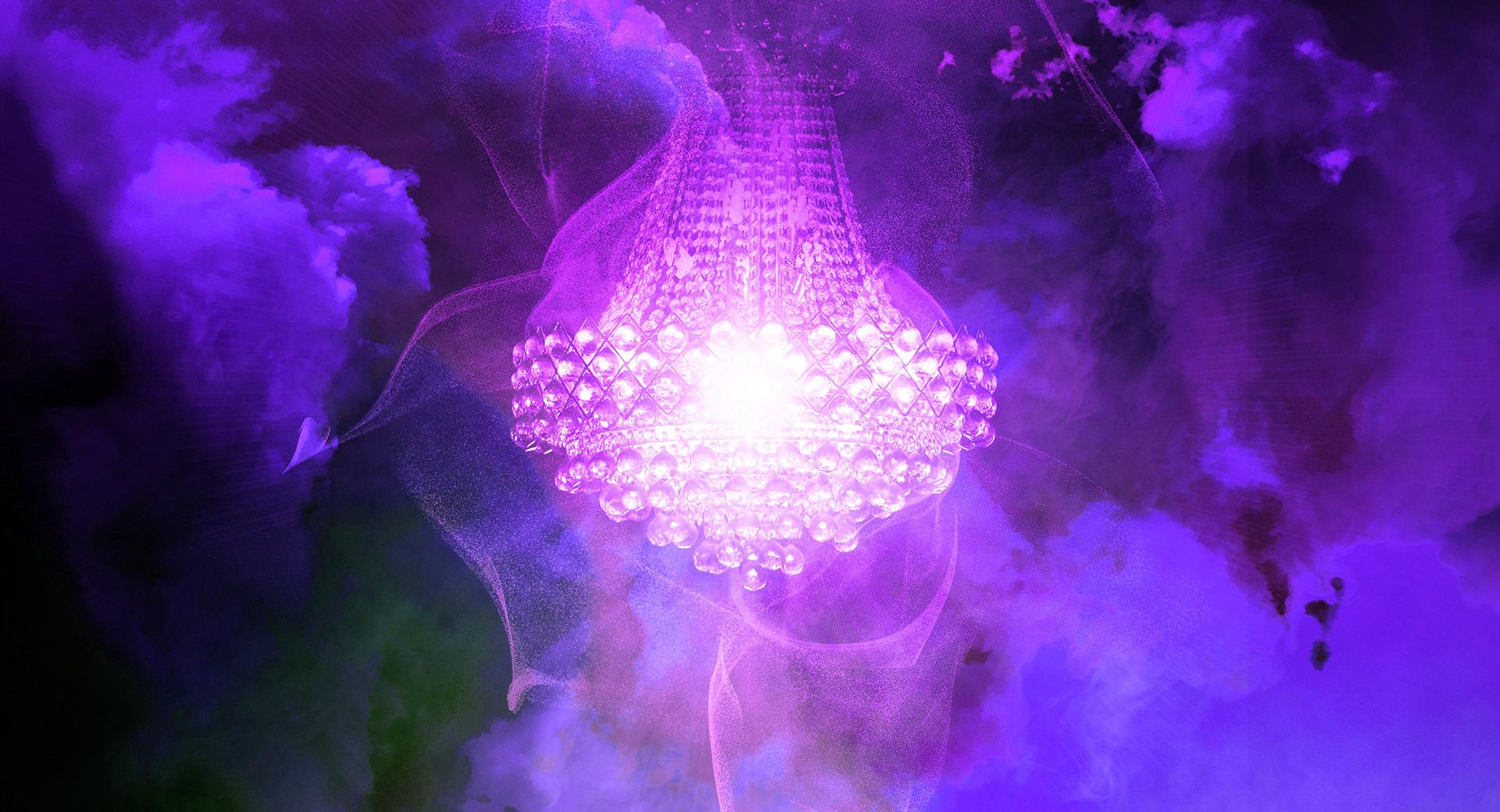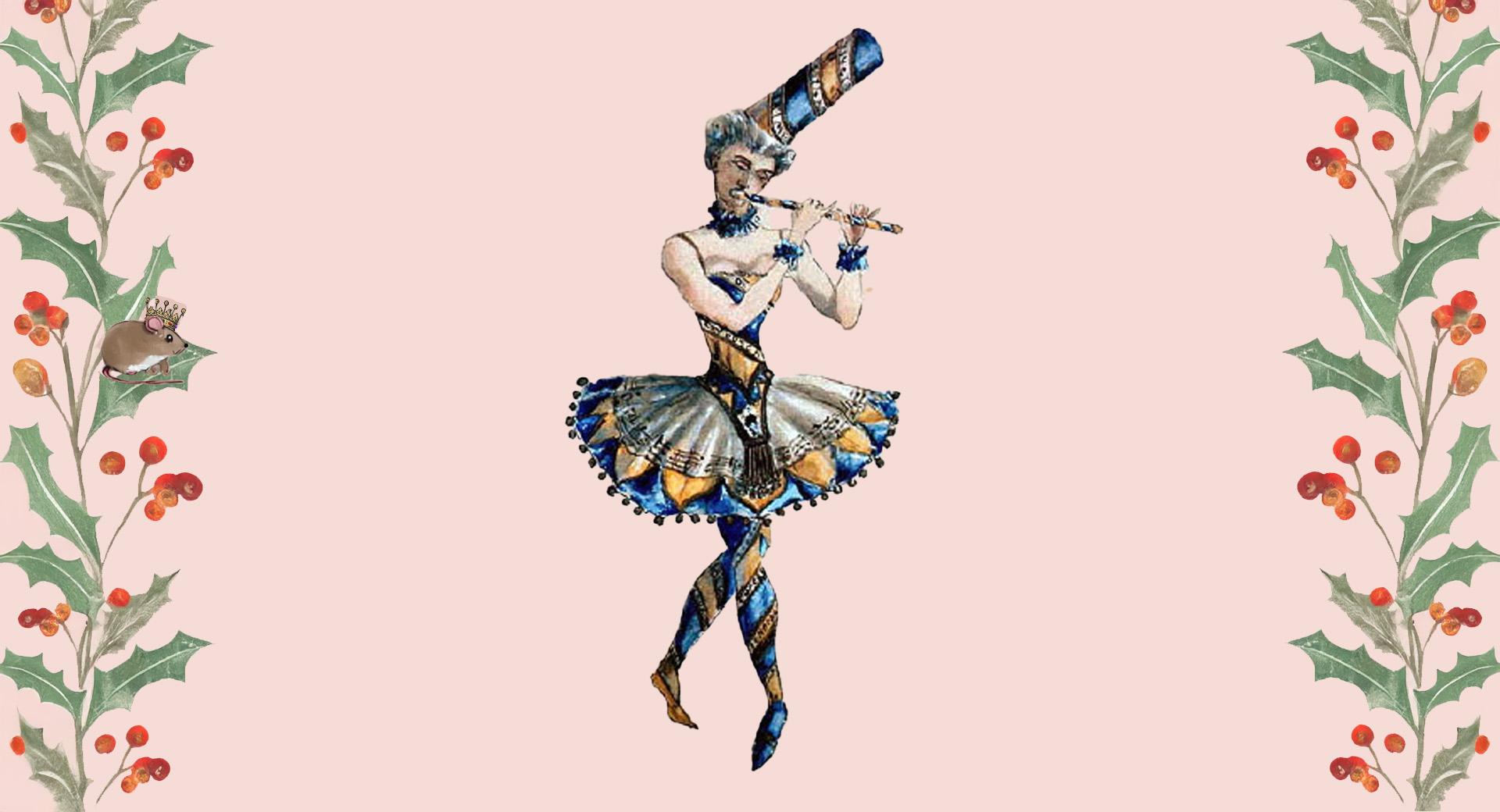Music for the Solitude of the Soul
In Sibelius’ fourth symphony, the national romanticism has given way to a more austere, introspective sound inspired by the dramatic Finnish wilderness. The Swedish Radio Choir performs Purcell’s comforting funeral music to Queen Mary. Acclaimed opera singer Ann Hallenberg sings Mahler’s Der Einsame im Herbst, an orchestral Lied painted in the muted colours of autumn, and Erbarme dich from Bach’s St Matthew Passion. An eagerly awaited concert with music director Daniel Harding.
This production is part of one or more concert series.

The concert was broadcasted live in Swedish Radio P2 and on Berwaldhallen play Friday June 5 at 7 pm.
The English language has two words for being alone. “Loneliness” is the involuntary kind that can chill you to the bone. “Solitude” is the kind you seek yourself, that can be both liberating and healing. After ten weeks in quarantine in a locked-down Paris, the Swedish Radio Symphony Orchestra’s music director Daniel Harding knows a bit about both. He describes this concert with the word “solitude”, a programme encompassing sorrow and anxiety but also acceptance and peace.
In 1910, Jean Sibelius walks through the Karelian forests. He wants to create something new and needs inspiration. He stands alone for hours by the famous Imatran rapids, trying to perceive a fundamental tone in the thundering waters. The symphony he begins composing that same autumn begins with a strong, low C in strings and bassoons – is this perhaps the tone of the rapids?
Simultaneously, Sibelius works on a setting of one of the most famous horror poems, if such a genre exists, of his day: Edgar Allan Poe’s The Raven. That project was never finished, but some of its music lives on in the symphony and the poem’s sombre, supernatural mood contributes to the symphony’s dark landscape with tritone intervals and reduced orchestral forces.
The narrator’s terror at the raven’s hoarse, relentless “nevermore” may echo Sibelius’ own anxiety. He lived in constant fear that the cancer, which had been removed from his throat, would return. “The fourth symphony represents a very integral and profound part of me; indeed, I am glad to have written it”, Sibelius wrote.
To be “alone but not lonely” is legendary soprano Jessye Norman’s description of Das Lied von der Erde. When Gustav Mahler composed it in 1908, he had just lived through a year of terrible personal tragedies. And yet, Das Lied von der Erde does not deal only with sorrow and parting, but also acceptance. Mahler had found comfort in translator Hans Bethge’s volume of ancient Chinese poetry rendered into German, which he used for his six songs. He called his work a symphony, even though the format is reminiscent of chamber music.
Ann Hallenberg, who has conquered the world with her warm and virtuosic mezzo voice, sings about Der Einsame im Herbst, the lonely one watching bluish fog creeping over a lake, wondering if the autumn of the heart will ever end. Will the sun of love no longer dry these bitter tears?
Even though her repertoire is large and varied, Ann Hallenberg is perhaps most well-known for her interpretations of 18th-century music. Embraced by Sibelius’ symphonic streams, she sings one of music history’s most beloved arias: Erbarme dich from Johann Sebastian Bach’s St Matthew Passion.
32 years before Bach turned his faith into immortal music in the St Matthew Passion, another of music history’s greatest composers unexpectedly died. Henry Purcell passed away 35 or 36 years old of an unclear cause of death. He composed music for the funeral of Queen Mary II in March 1695. Half a year later, two of those pieces were performed at his own funeral. As the choir sings: “In the midst of life we are in death.”
And, enveloped by the music, Tomas Tranströmer describes solitude, in this concert through the voice of beloved film and theatre actor Krister Henriksson. When Tranströmer walks across the frozen fields of south-eastern Sweden, he feels, much like many of us, a desire for time to himself. Here, translated into English by Robert Bly:
“I have to be by myself
ten minutes every morning,
ten minutes every night,
– and nothing to be done!
We all line up to ask each other for help.”
Janna Vettergren



